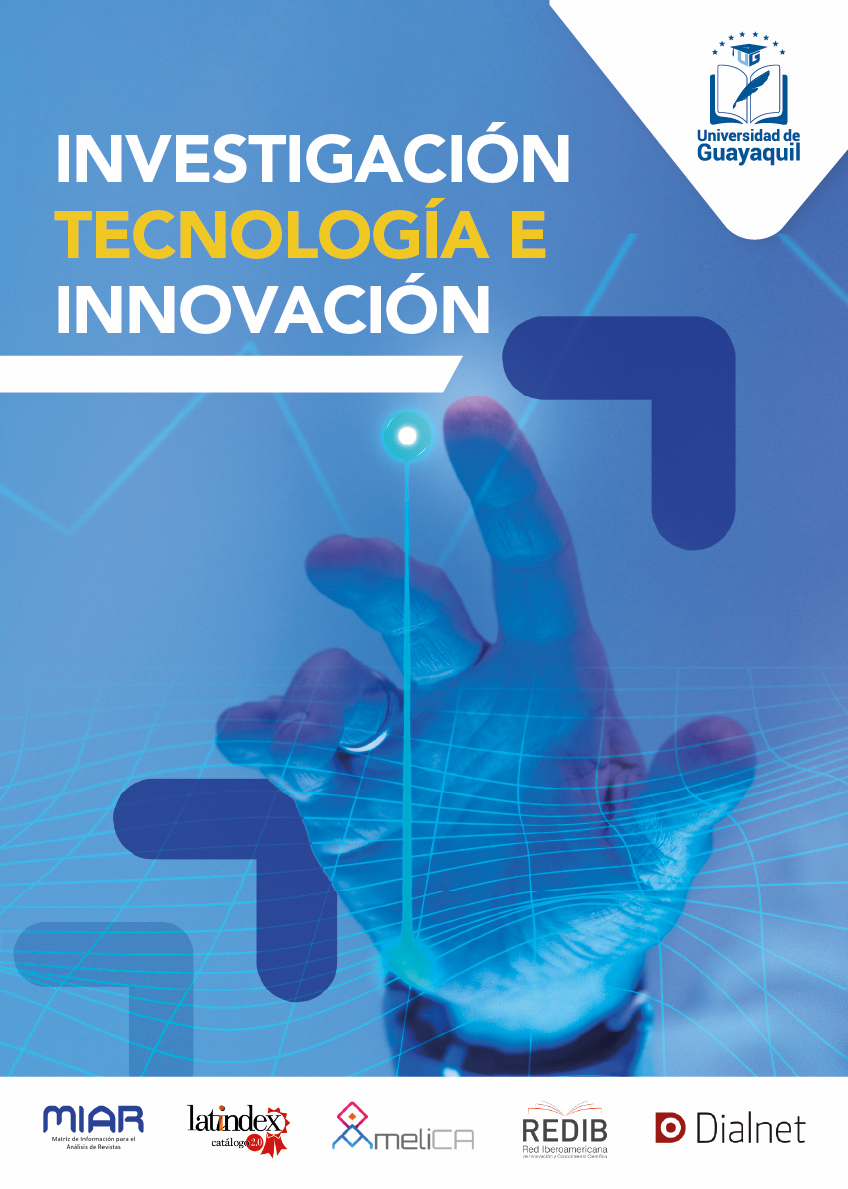Analysis of the usability and restructuring of a website. Application case: Institutional Website of the Universidad Laica Eloy Alfaro de Manabí
DOI:
https://doi.org/10.53591/iti.v14i16.1216Keywords:
Responsive Web, template (theme), WordPressAbstract
Context: This article aims to carry out the redesign of the website of the Universidad Laica Eloy Alfaro De Manabí under the new statute of the institution approved this year and current web trends, this project will make the most of the new corporate image of the institution. Likewise, the content manager that already operates in the institution (called WordPress) is used as a foundation for the creation of a new template with custom web design from scratch. Method: A mixed methodology is used to analyze the information, as well as techniques such as direct observation, interviews with experts, and surveys to gather information and evaluate the results. For the construction of the site, the SCRUM methodological framework is used. Results: When developing the new template, the website presents a unique and unrepeatable design, ease of detecting and correcting errors, adding unlimited functionalities, own technical support, among others, in addition, it is optimized to offer better performance in browsers, improving thus the user experience. Finally, a comparison of the usability of the new site versus the previous one is made. Conclusions: The restructuring of the website allows a better experience for users, avoiding losses when browsing the web, using the information based on the new organic structure of the institution, with a design adapted to the new institutional brand and with web technology. responsive that allows it to be adaptable to all types of devices (Computer, Smartphone, Tablets), in addition to containing important functionalities such as web accessibility and usability.
References
Alcantara Rennan. (2017). Aplicaciones Web (WebApp) vs Websites – Entienda la diferencia | Scriptcase Blog - Development, Web Design, Sales and Digital Marketing. Retrieved from 5 de abril del 2017 website: https://www.scriptcaseblog.net/es/development-es/aplicaciones-web-webapp-vs-websites-entienda-la-diferencia/
Alonso, J., & Alonso Ruiz, J. (2008). El sitio web como unidad básica de información y comunicación. Aproximación teórica: definición y elementos constitutivos. IC Revista Científica de Información y Comunicación, (5), 226–247.
Estatuto ULEAM. (2019). Estatuto. Estatuto. Retrieved from https://www.uleam.edu.ec/wp-content/uploads/2019/03/ULEAM001-ESTATUTO-ULEAM-OFICIAL-1.pdf
García de León, A., & Garrido Díaz, A. (2002). Los sitios web como estructuras de información: un primer abordaje en los criterios de calidad. Biblios: Revista Electrónica de Bibliotecología, Archivología y Museología, (12), 2.
Peralta, A. (2003). Metodologia Scrum. Universidad ORT Uruguay, 12. Retrieved from https://fi.ort.edu.uy/innovaportal/file/2021/1/scrum.pdf
Santos, María. (2015) Qué es SCRUM – Proyectos Ágiles. Retrieved from Proyectosagiles.org website: https://proyectosagiles.org/que-es-scrum/
Zotelino, Pedro. (2019). Los gestores de bases de datos (SGBD) más usados. Retrieved from 16 de Abriil website: https://revistadigital.inesem.es/informatica-y-tics/los-gestores-de-bases-de-datos-mas-usados/
Downloads
Published
Issue
Section
License
Copyright (c) 2022 Alex Santamaría-Philco, Anthony Legarda Albiño, William Guadamud Cevallos, Doris Macías-Mendoza

This work is licensed under a Creative Commons Attribution-NonCommercial-NoDerivatives 4.0 International License.






